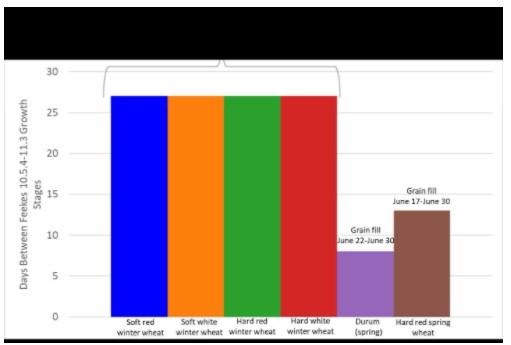Figure 1. Box-and-whiskers plot showing minimum, 25th percentile, 50th percentile, 75th percentile, and maximum wheat grain yield. (Outliers are shown as a dot.)
In small grains, the grain fill period begins at Feekes 10.5.4 (kernels watery ripe) and ends at Feekes 11.3 (kernels hard, but dividable with thumbnail). Longer grain fill periods are associated with higher yields. For all four winter wheats (soft red, soft white, hard red, and hard white), the grain fill period was between June 3 and June 30, for a total of 27 days long (Figure 2). However, the grain fill period was only 13 days for the hard red spring wheat (between June 17-June 30) and only 8 days (between June 22 and June 30) for the durum wheat. Although, our winter wheat was planted on September 25, 2021 and the spring wheat was planted on April 5, 2021, all wheat reached maturity at the same time and were harvested on the same date. Thus, the higher yield of winter wheat is likely due in part to the longer grain fill period.

Figure 2. Number of days between Feekes 10.5.4-11.3 growth stages.
In addition to yield, there are other factors to consider:
- Do you have a place to sell spring wheat? Is there a market for spring wheat?
- Can you meet grain quality requirements? Soft red winter wheat and white wheat tend to have low protein (8.5 to 10.5%). Hard red winter wheat has medium to high protein (10.0 to 13.0%) while durum and hard red spring wheat have high protein (10 to 15.0%). For more information on the various wheat classes and requirements, see: https://www.uswheat.org/working-with-buyers/wheat-classes/
Although wheat prices are high, spring wheat is probably not the best option in 2022 due to low yields and uncertainty surrounding selling the grain and quality. However, we will continue to look at these various wheat classes this year as opportunities may arise in the state. If interested in wheat, the best option would be to plant soybean this year followed by winter wheat planting in the fall.
Source : osu.edu